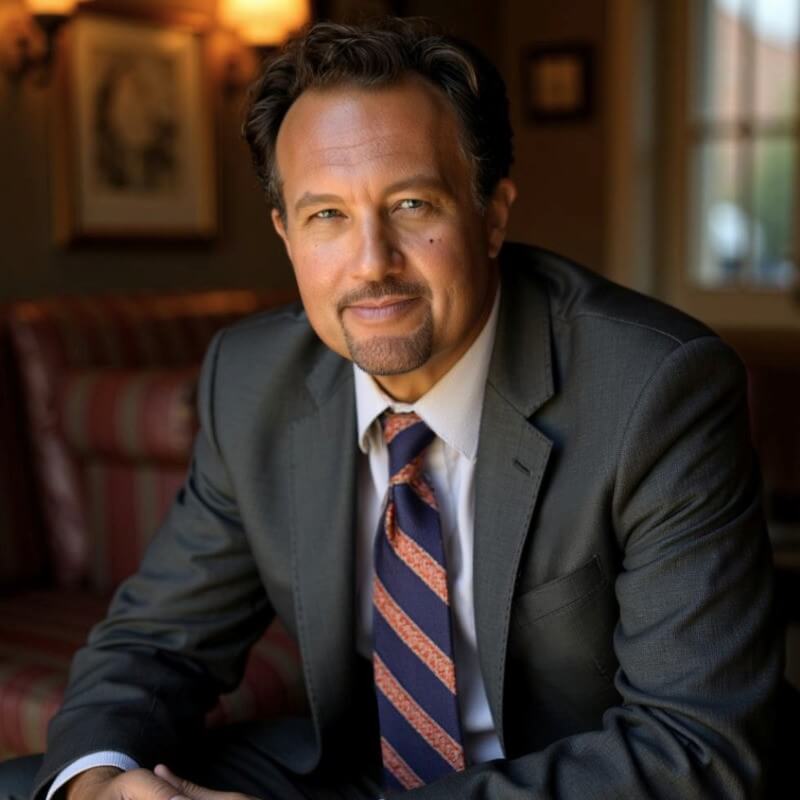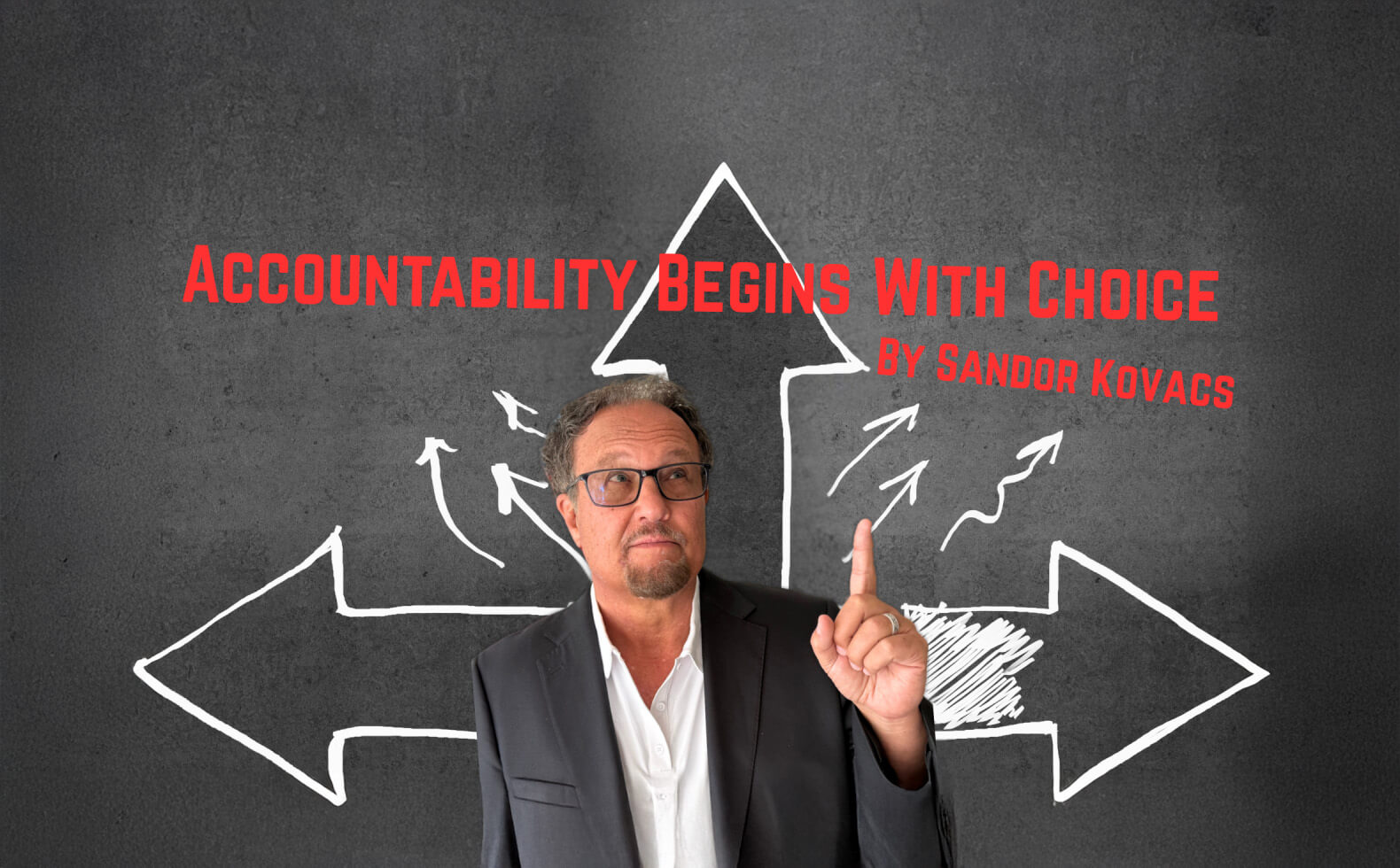Why Taking Ownership Motivates and Engages Employees
Written by Sandor Kovacs: CEO and Co-Founder of DorWay™
The Motivation Myth Harvard Business Review Corrected
In a January 2003 Harvard Business Review article, Frederick Herzberg called out the myth that people are motivated by money, praise, or perks. He showed that those factors only neutralize dissatisfaction, they do not create engagement. Real motivation comes from intrinsic factors like interesting work, challenge, growth and responsibility. These motivators answer people’s deeper need for achievement and purpose.
Another HBR piece, “Power Is the Great Motivator,” asserts that effective managers are those who embrace power, not for recognition but to make a difference. Power used rightly fuels responsibility and choice
These ideas undergird the difference between following instructions and leading from ownership.
Why Accountability Is Empowering
At DorWay we’ve worked with people for nearly three decades and learned that training in accountability is among the hardest yet most rewarding work. Employees who learn to manage their word, follow through on commitments and clean up the mess they create when they do not, experience:
- Empowerment because their performance is no longer dependent on external conditions.
- Engagement because they choose who they are being each moment regardless of the circumstances.
- Growth because they take responsibility for expansion and building capacity, not just execution.
When leaders train people to stand fully in ownership, teams become self-directed and resilient. When people are not trained, even high performers stall as complexity increases.
Holding Accountable With Understanding, Not Force
An important truth: people learn accountability at different paces. Some will grasp full ownership quickly. Others will need time, coaching, and trust. The role of a leader is to hold standards without destroying connection in the relationship.
DorWay teaches leaders to balance two things: Holding others accountable and empowering relationships. You ask: how hard am I pressing the window pane (The intention is to not let it crack or shatter)? Am I pressing too hard on someone who has not yet internalized the stand and commitment it takes to be accountable? And: am I leaning into possibility without punishing them for not knowing yet?
That insight is vital. Context, pace, and relationship matter.
How to Build Accountability That Lasts
Leaders often say they want accountability. Few train for it. Below is a section of our method:
1. Educate in Choice at Onboarding
- Share Herzberg’s findings: Intrinsic motivators matter more than rewards.
- Ask new hires: “What does being accountable mean to you?” Have them give examples.
- Follow with demonstrating through examples where people stood in accountability regardless of circumstance.
2. Build Agreements That Surface Commitment
- Within 30 days, each team publishes roles, deliverables, and escalation methods.
- ASK each team member: “What are you committing to?” “By When?”
- Review quarterly. Identify gaps. Recommit publicly.
3. Coach the Stand They Take, Not the Behavior
- When someone misses the mark say: “What choice will you make now?” instead of issuing instructions and giving answers.
- Model owning your mistakes and inviting coaching: you demonstrate the standard you are holding them to. Example: Team project missed a key client deadline. You’re the team leader.
You gather the team and say: “I want to start by owning that I didn’t set clear enough checkpoints on this project. I assumed things were on track and didn’t ask the tough questions soon enough. That’s on me. I’m committed to improving how I lead in this area, and I’d value your coaching.
What would you have needed from me that you didn’t get? What could I have done differently to support you better?
I’m asking because I expect everyone on this team to take full ownership of their work, and that includes me. So, I want to learn from this and model what accountability looks like, not just talk about it.”
- Train managers to listen for alignment language: Being at cause and ownership statements versus compliance statements.
- Practice Peer Accountability with Integrity
- Hold monthly peer check-ins using relational prompts like: “Did I support you in being accountable this week? How did you support me?”
- Build structures that make feedback safe, relational, and future-focused, not hierarchical or punitive. The goal is to strengthen ownership, not to assign blame.
- Train feedback to be responsible and forward-moving: Speak directly to who the person was being, describe the impact that way of being had on others or outcomes, and offer a clear invitation to shift their way of being or take a new action that aligns with what they are committed to.
Peer accountability, when practiced with intention, builds trust, elevates standards, and makes ownership a shared way of being.
5. Calibrate the strength of the “Windowpane” of Accountability
- Evaluate someone’s capacity to absorb feedback.
- Adjust your stand with discernment, recognizing that defensiveness may arise and continuing to push for accountability in that moment could erode trust and disempower the relationship.
- Root accountability in dignity, not dominance.
6. Reinforce Through Systems and Visibility
- Use ownership dashboards that map roles to outcomes and show follow-through status.
- Include accountability check-in questions in regular team rituals.
- Tie this into performance reviews, not as punishment, but as clarity on professional standing.
The Cost of Avoiding This Work
Without providing training in making choices and being accountable:
- People will follow rules but not lead.
- Managers default to patterns of oversight instead of cultivating ownership.
- Disengagement rises even in high-performers.
- Teams collapse under complexity because no one stands fully in the result.
Herzberg’s research shows most workplaces still chase perks. They need job enrichment, responsibility and finding meaning in their work. That is what builds intrinsic motivation, not policy pabulum.
Execution Challenge: Activate Choice and Ownership This Week
- Role-model ownership story
- Share a moment where you missed your word. Declare what you are choosing to do now.
- Invite others to challenge you on follow-through.
2. Hold choice-oriented coaching conversations
- Replace directive prompts with guiding questions: “What choice will you make about X?”
- Use coaching to develop understanding not compliance.
3. Run peer accountability pairs
- Set up buddy sessions, one check per week: “Did you hold me to my word?”
- Rotate pairs so everyone gets practice both giving and receiving accountability.
- Train people to get used to being held to account.
4. Audit your language
- Notice where you say “should” or “have to.”
- Replace with “choose to” or “I decide to.”
- For example: “We choose to deliver by Friday because we are committed to our reputation.”
5. Calibrate the relational window
- Ask: “Is this person ready to be accountable yet or still learning?”
- Adjust pressure, accordingly, protecting both standards and trust. It is a balance.
- Keep a private journal to track when to escalate and when to coach.
Final Word
Accountability is not about perfection. It is about choosing who you are going to be during the tough and challenging times. No breakdown, no breakthrough. It is the opportunity to say: I am responsible for what happens today, tomorrow and next quarter.
When people learn to operate from choice, not obligation, they stop waiting and start leading. Engagement rises, leadership emerges, and thriving teams become the norm.
If what you are reading now resonates, take action. Choose to train accountability. Choose to stand for what people can become when they are treated as owners.
That is not theory. It is the most pragmatic foundation for real leadership in your organization. This is what our clients have practiced for decades. It works.
All documents © 2023-2025 DorWay™ All Rights Reserved Worldwide

